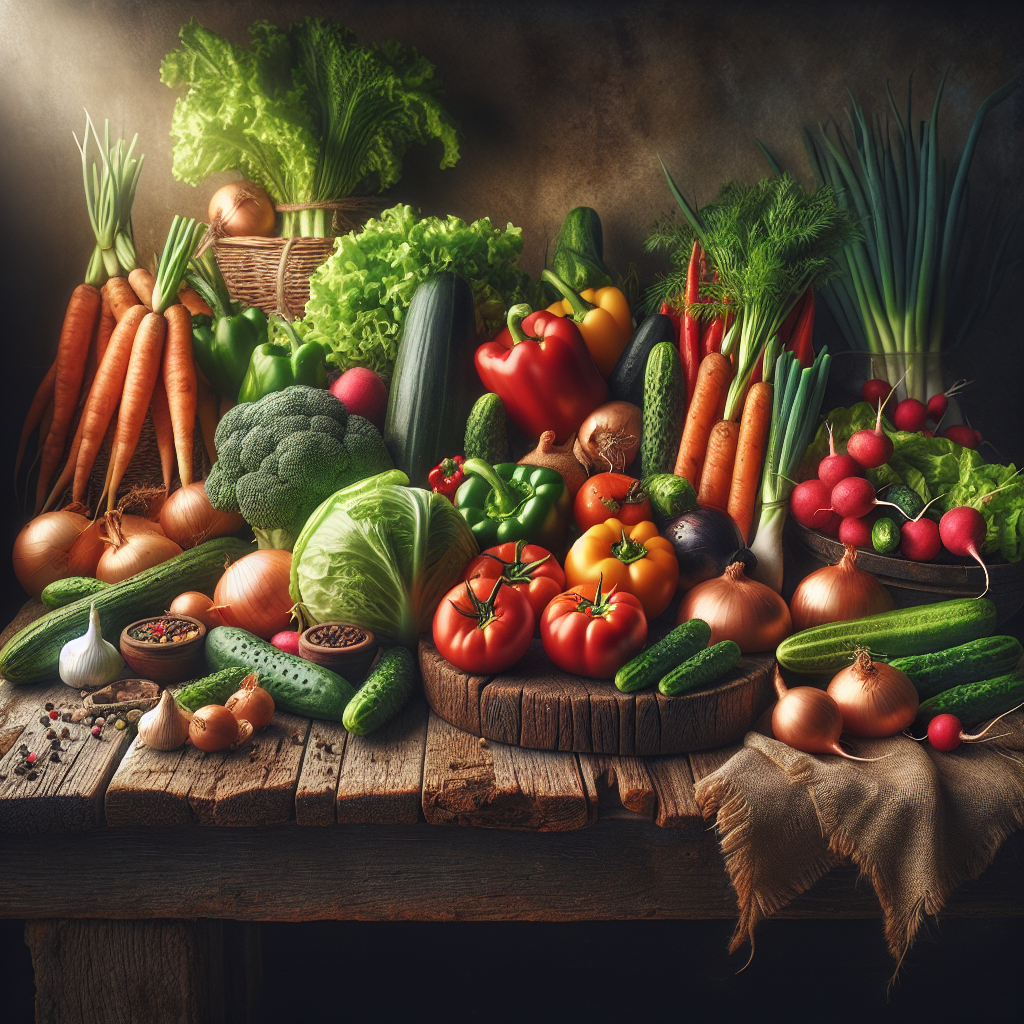The cultural shift happening in our kitchens is unmistakable – sustainable living isn’t just a niche interest anymore; it’s become a mainstream movement. At its core lies our relationship with food – how we source it, prepare it, consume it, and dispose of its remnants.
The Breaking Story
It all started on an individual level – one household at a time deciding to compost kitchen scraps instead of pitching them into the trash canister or picking locally grown produce over imported exotic fruits.
Immediate Impact
This ripple effect brings a robust freshness back onto plates while substantially reducing carbon footprints. More people are sharing stories about growing their herbs or proudly showing off their thriving worm composting system online.

Key Players Involved
Gardeners who’ve turned lawns into vegetable plots and families choosing Community Supported Agriculture (CSA) boxes over supermarket grocery aisles are leading this change.
What We Know So Far
Farmers’ markets are experiencing higher footfalls than ever before as more consumers prefer supporting local farmers over large conglomerates that burn vast amounts of fossil fuels for transportation.
Public Reaction
Social media platforms buzz with posts endorsing sustainability tagged #farmtofork or #eatlocal.

Expert Analysis
Agricultural economists assert that this trend of local consumption supports regional economies, reducing the gap between the producer and consumer.
What Happens Next
We’re witnessing the advent of a new era where having home-cooked meals with locally-sourced ingredients isn’t just healthier but also environmentally responsible.
Broader Implications
This habit will play a significant role in mitigating climate change by reducing food miles, slashing waste, and promoting biodiversity.
Historical Context
In retrospect, this isn’t an entirely new phenomenon. It harks back to times when our ancestors grew their food or bartered goods at local markets – reconnecting us to our culinary roots.

